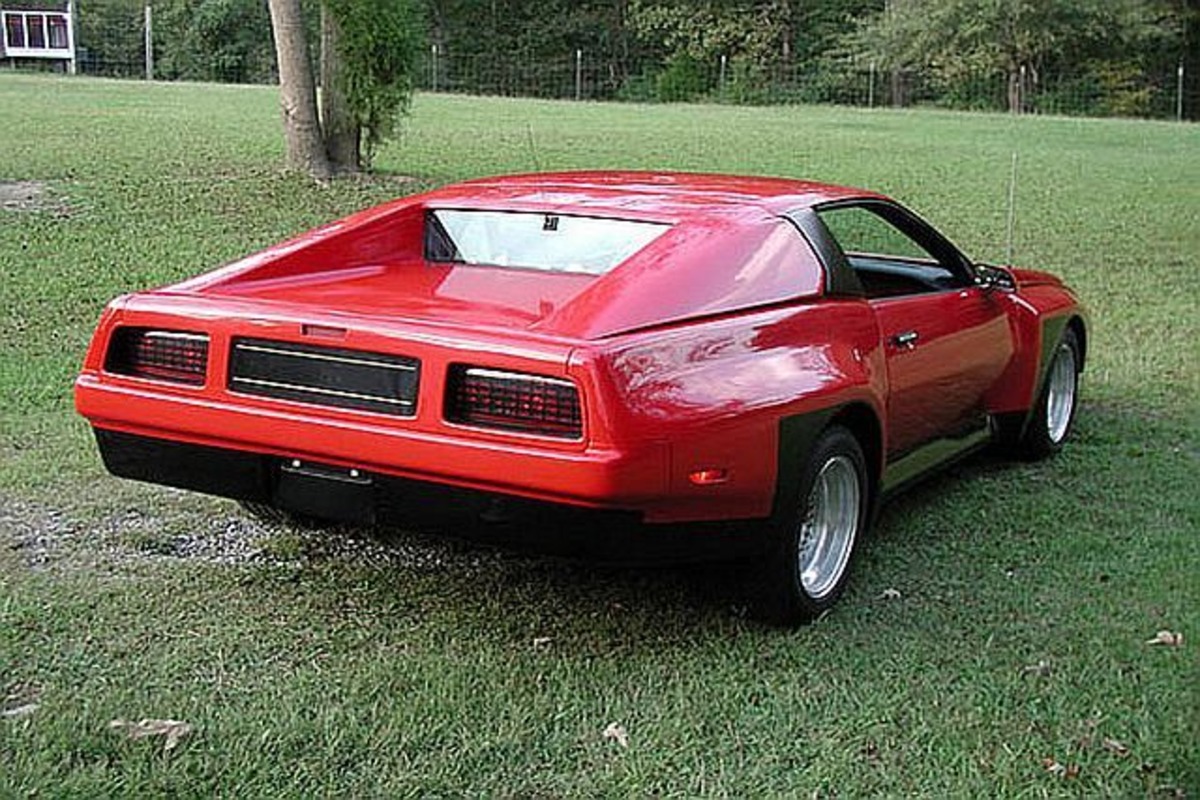The United States may be known as the land of the free, but when it comes to vehicles, Uncle Sam has a surprisingly long list of banned rides. That’s right—just because a car is built, loved, and sold somewhere else doesn’t mean it gets to cruise American highways.
In fact, a number of vehicles, many of them fan favorites overseas, never got the U.S. seal of approval. Some were banned due to safety concerns, others because they couldn’t meet emissions standards, and a few simply clashed with U.S. vehicle import laws.
Americans have long had a fascination with exotic cars and outlawed imports, sometimes going to great lengths—illegally—to get their dream ride on U.S. soil.
But authorities don’t play around. If a vehicle doesn’t meet Federal Motor Vehicle Safety Standards (FMVSS) or Environmental Protection Agency (EPA) regulations, it’s getting the boot. Some cars have even been seized and crushed. Literally crushed.
So let’s get into it. These are 10 vehicles that were banned in America, not because they weren’t cool, but because they didn’t play by the rules. From illegal imports to controversial designs, here’s why you’ll probably never legally drive these cars on U.S. roads.
1. Nissan Skyline GT-R (R34)
If you’ve seen Fast & Furious, you already know the Nissan Skyline GT-R R34 is a legend. It’s sleek, fast, and packed with tech that was way ahead of its time.
But try driving one legally in the U.S. before 2024 and you’d run into a wall—of regulations. The R34 Skyline was never officially sold in the States, and for years it was completely banned. Why? Because it didn’t meet American safety and emissions standards.
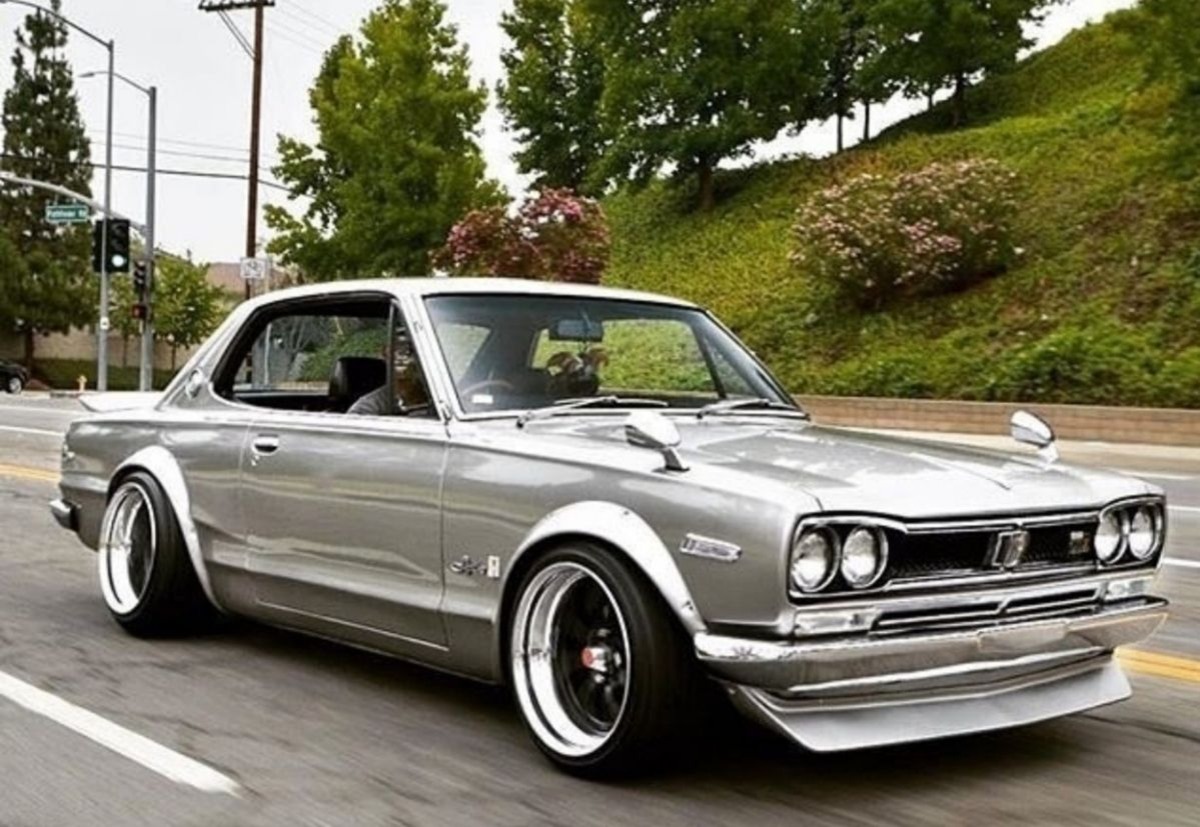
Back in the early 2000s, a company called Motorex tried to import R34s and make them compliant, but that business went south fast. The feds caught on, found out some cars didn’t meet requirements, and cracked down hard.
After that, the R34 joined the blacklist. People who already had one risked confiscation. Some cars were literally taken by customs and destroyed.
Only after the 25-year import rule kicked in (meaning the car becomes old enough to be considered a classic, exempt from certain standards) did fans finally start bringing them in legally.
That means 2024 was the first real year you could own one in the U.S. without looking over your shoulder. But for nearly two decades, the Skyline R34 was the poster child for banned cars.
2. Toyota Hilux
The Toyota Hilux is the kind of truck that survives warzones, jungle treks, and apocalypses. It’s famously indestructible. That’s exactly why people want it—and why the U.S. won’t let it in. Well, not in its original diesel-powered, foreign-spec form, anyway.
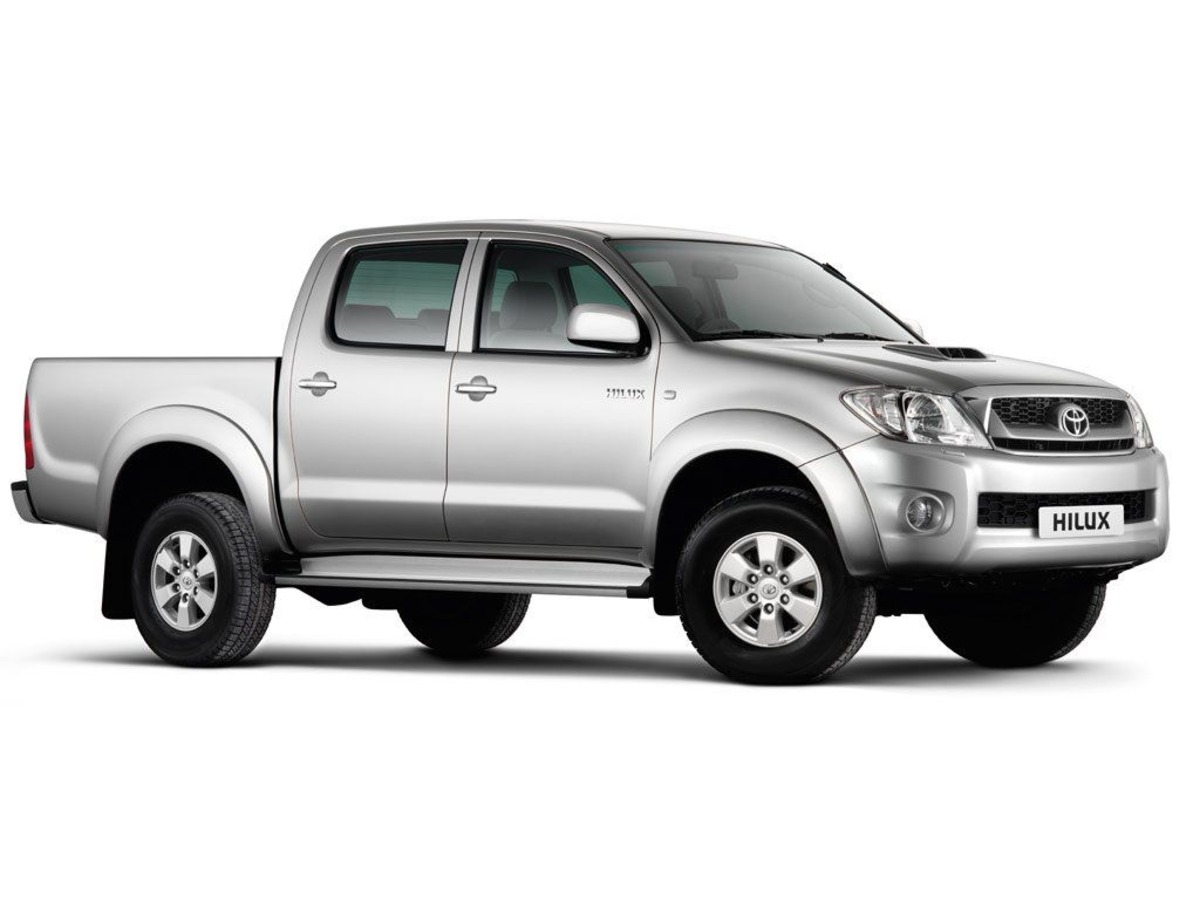
So why’s it banned? Two words: emissions and regulations. The diesel engines used in Hilux models outside the U.S. don’t meet the EPA’s strict emissions standards.
Also, Toyota has the Tacoma here, which fills the same role in the American market, so bringing the Hilux over would undercut their own sales.
But there’s more. After 1989, laws like the Chicken Tax—a 25% tariff on light trucks imported into the U.S.—made it financially pointless to try and sell the Hilux stateside.
Even though it’s a beast of a truck, reliable and simple as a wrench, it didn’t stand a chance against American red tape.
Fans still try to sneak them in or get them as gray-market vehicles, but legally? It’s a no-go. Unless you’re getting an older model or converting it to meet U.S. standards (good luck), the Hilux is off-limits in the States.
3. Smart ForTwo ED (Electric Drive)
This one’s ironic. An electric car… banned in the U.S.? Yep. The original Smart ForTwo Electric Drive, launched in Europe, didn’t pass muster when it came to American crash safety standards.
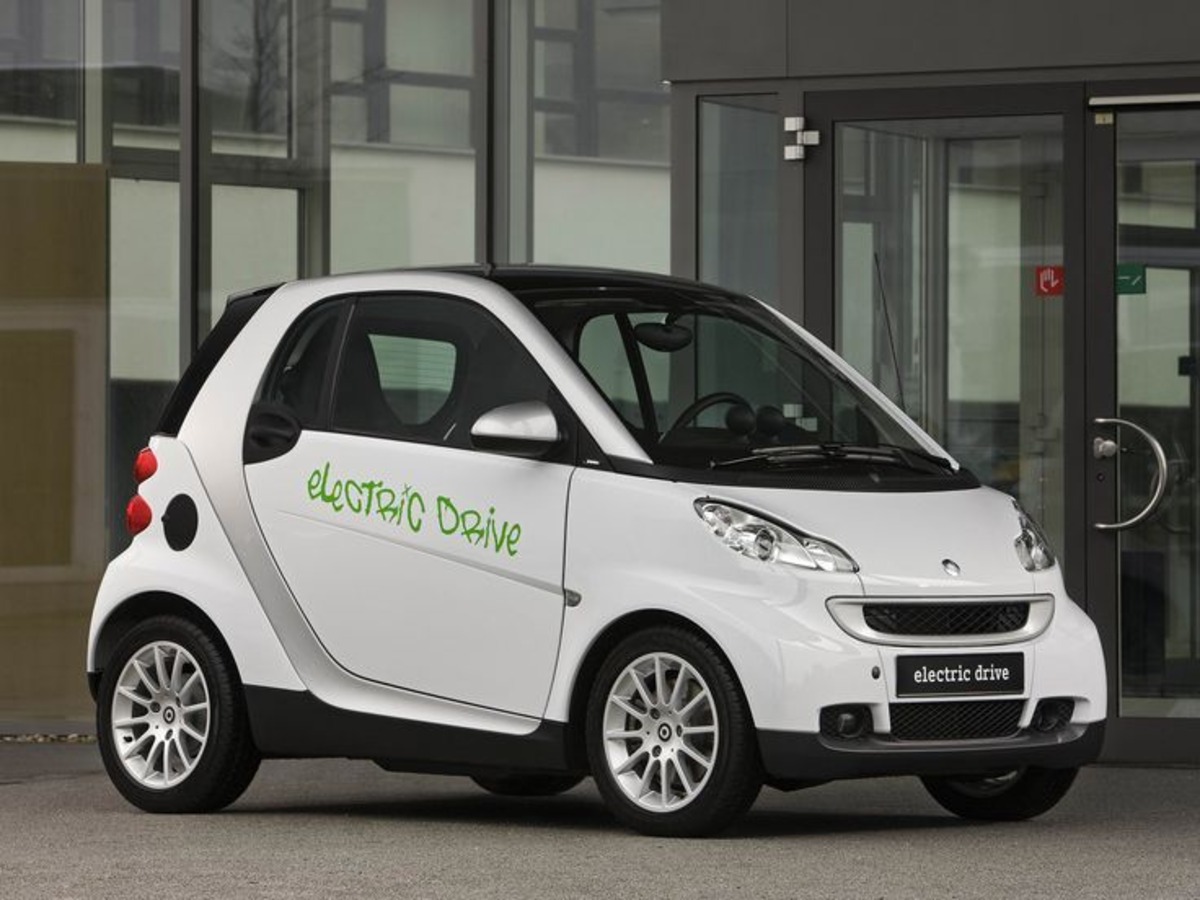
Smart is a Daimler brand, and they thought they had a win on their hands with this quirky, tiny EV. In Europe, it worked.
But once they tried to bring the original version over, they hit a wall. The car just didn’t perform well enough in crash tests for U.S. roads, especially in side impacts.
To be fair, later versions were adjusted and did make it into the American market, but the original Electric Drive? Banned.
It wasn’t just about safety either—there were issues with battery certifications, charging system standards, and other regulatory nightmares.
It’s a weird case of the U.S. government saying, “Hey, we love green energy, but not like this.” This wasn’t some loud, gas-guzzling machine—this was a car trying to be good. But rules are rules. No matter how eco-friendly, if you can’t survive a crash, you’re not welcome on American roads.
4. Land Rover Defender (Pre-1997)
This one hurts. The classic Land Rover Defender is a rugged, boxy beauty, and it’s got a cult following. But pre-1997 models? Banned in the U.S.
Here’s the deal. The Defender, for decades, didn’t include airbags or meet crash safety standards the U.S. required.
So despite its off-road chops and legendary durability, it was a no-go for American roads. Land Rover eventually released U.S.-legal versions, but the older ones—especially the coolest ones—weren’t allowed.
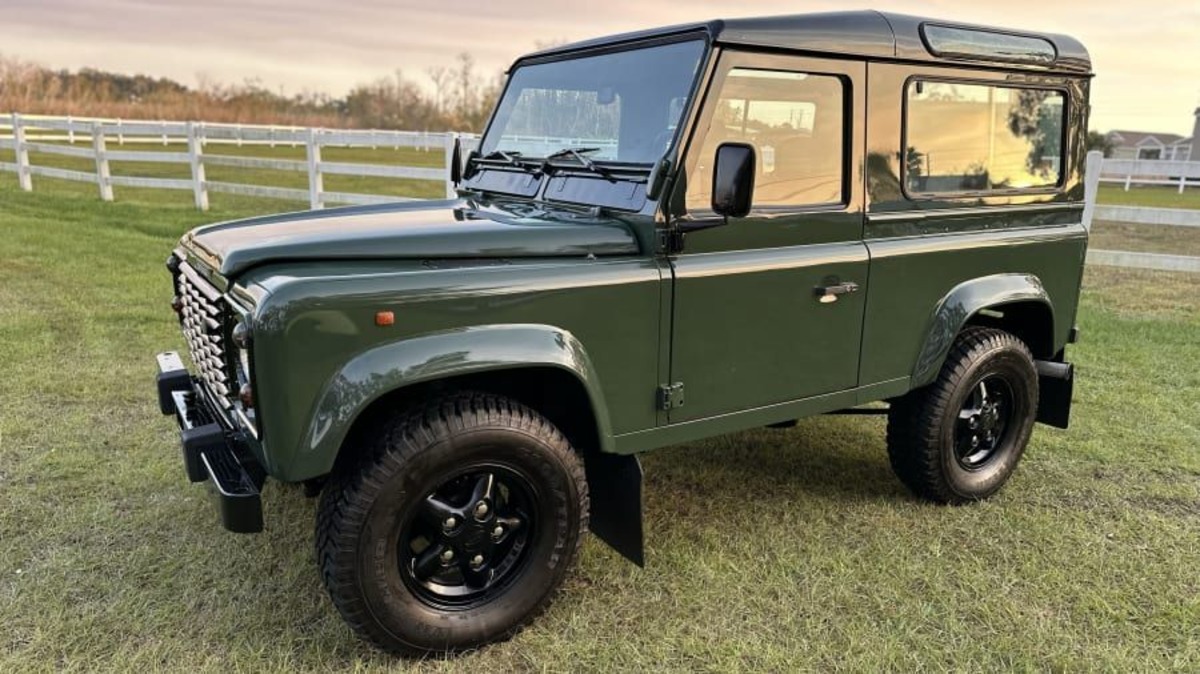
It got messy. People started importing Defenders and “upgrading” them with VIN swaps or fake compliance stickers. U.S. Customs caught on. They seized cars, crushed them, and made headlines doing it. A lot of car enthusiasts got burned trying to sneak them through.
Now, with the 25-year rule, you can bring in an old Defender legally if it’s truly 25 years or older. But that didn’t stop a lot of drama, heartbreak, and financial loss over the years. The Defender may be a global icon, but for a long time, it was a banned rebel in America.
5. Mazda Cosmo (Early Models)
Mazda’s rotary engine experiments were always a bit of a gamble. But the Cosmo? That thing was a design-forward, rotary-powered masterpiece. Still, you won’t find early models on U.S. roads—at least not legally.

Why not? It comes down to emissions and parts availability. The early Cosmos, especially those from the ’60s and ’70s, had engines that didn’t even come close to U.S. emissions standards. Plus, rotary engines are weird beasts—they burn oil by design and don’t age well without serious maintenance.
The U.S. was also skeptical about importing a car with limited service support and no local compliance testing. Combine that with safety features that were, uh, barely there, and boom—banned.
Cosmo fans sometimes manage to get one under the 25-year rule, but early on, they were treated like toxic waste by regulators. It’s a shame, too, because these cars are stunning. But once again, form didn’t beat function—or legal compliance.
6. BMW M3 Sport Evolution (E30)
Ah, the holy grail of BMWs: the M3 Sport Evolution. This rare version of the iconic E30 M3 had a more powerful engine, better suspension, and slick bodywork upgrades. It was everything gearheads drooled over. But it never made it to the U.S. legally.
Why? Limited production numbers and tight regulations. BMW built this model specifically for Group A touring car racing, and only about 600 were made. That means no crash testing for U.S. standards, no emissions testing for EPA approval, and no love from customs.
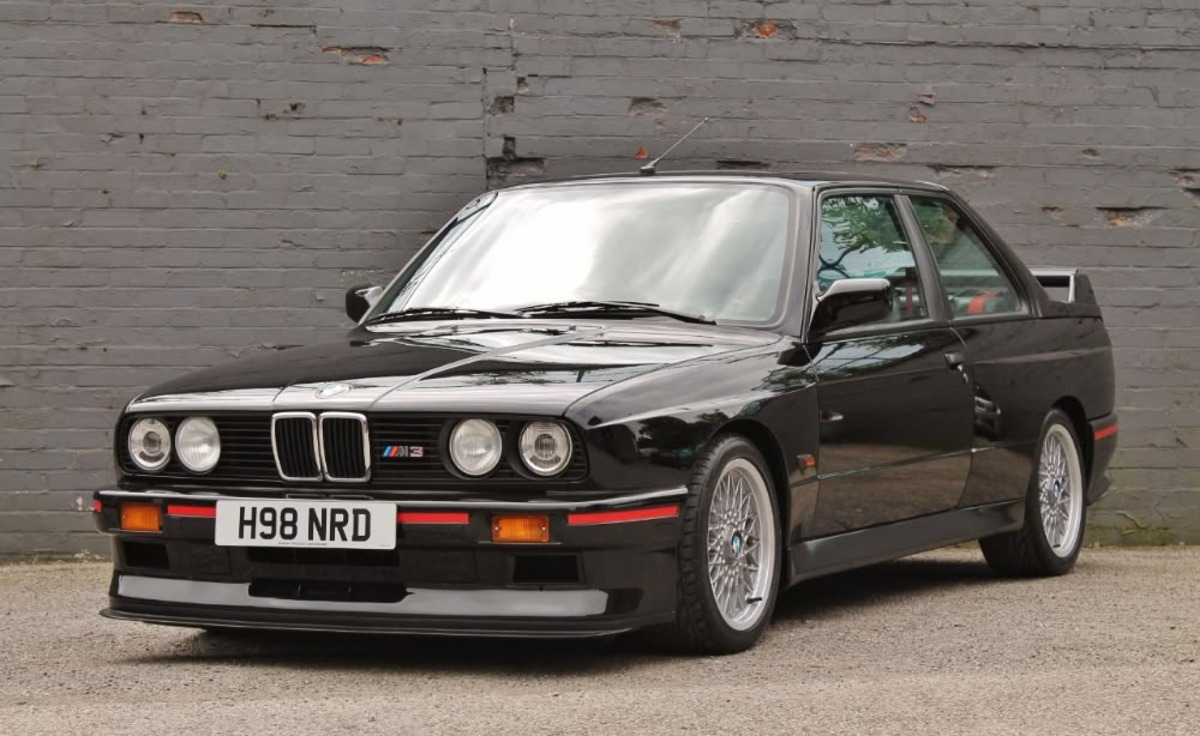
People tried to bring them in using show-and-display exemptions (which allow rare cars to be driven occasionally), but that process is super strict. And if you missed a form or tried to drive one too often? Say goodbye to your ride.
Collectors have fought hard to bring these in under the 25-year rule, but in its prime? Totally banned. Which is wild when you think about how many regular M3s you see around. The Sport Evo just couldn’t clear the red tape.
7. Porsche 959
This car is straight-up mythic. The Porsche 959 was a technological marvel in the ‘80s. Twin-turbo, all-wheel drive, supercar speed—it was insane. But Americans couldn’t have it.
Porsche didn’t bother certifying the 959 for the U.S. market. Too expensive. Too much work. And without crash or emissions compliance, it was blocked.
That didn’t stop rich people from trying to get their hands on it, though. One guy even imported a 959 and stored it in a warehouse for years while battling regulators in court.
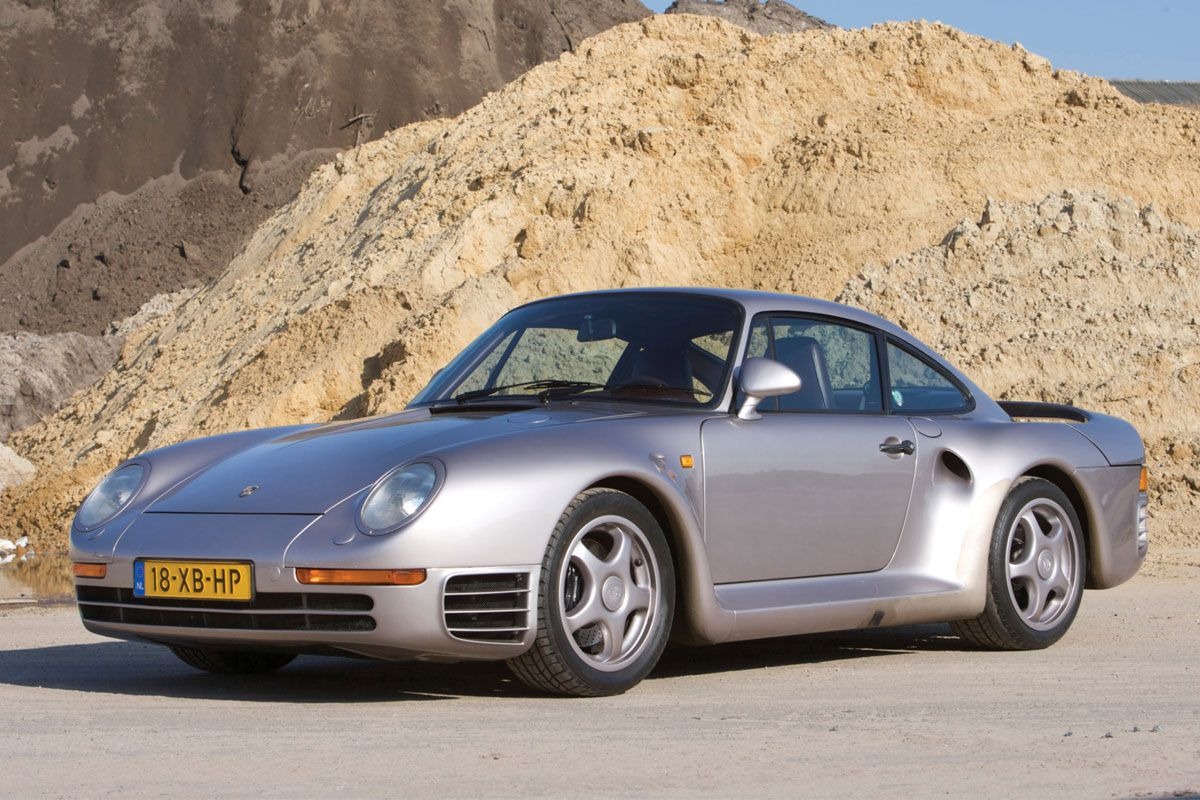
That guy? Bill Gates. Along with Paul Allen, they helped push the “Show and Display” law through Congress in 1999, which allowed rare cars like the 959 to be imported under special conditions.
So for years, unless you were Bill Gates with a lobbyist and a lawyer, the 959 was totally banned. Even now, it’s super limited and restricted. But for a while, it was the unicorn you just couldn’t have—unless you rewrote the rules of the country.
8. Mitsubishi Lancer Evolution VI
Rally fans know this one. The Evo VI was the stuff of dreams—grippy, aggressive, turbocharged madness. But like its older siblings, it wasn’t street-legal in the U.S. when it launched.
Why? Mitsubishi didn’t certify it for U.S. roads. No crash testing, no emissions compliance, no chance. The U.S. did eventually get the Evo VIII and later versions, but fans always knew the earlier models were the raw, untamed beasts.
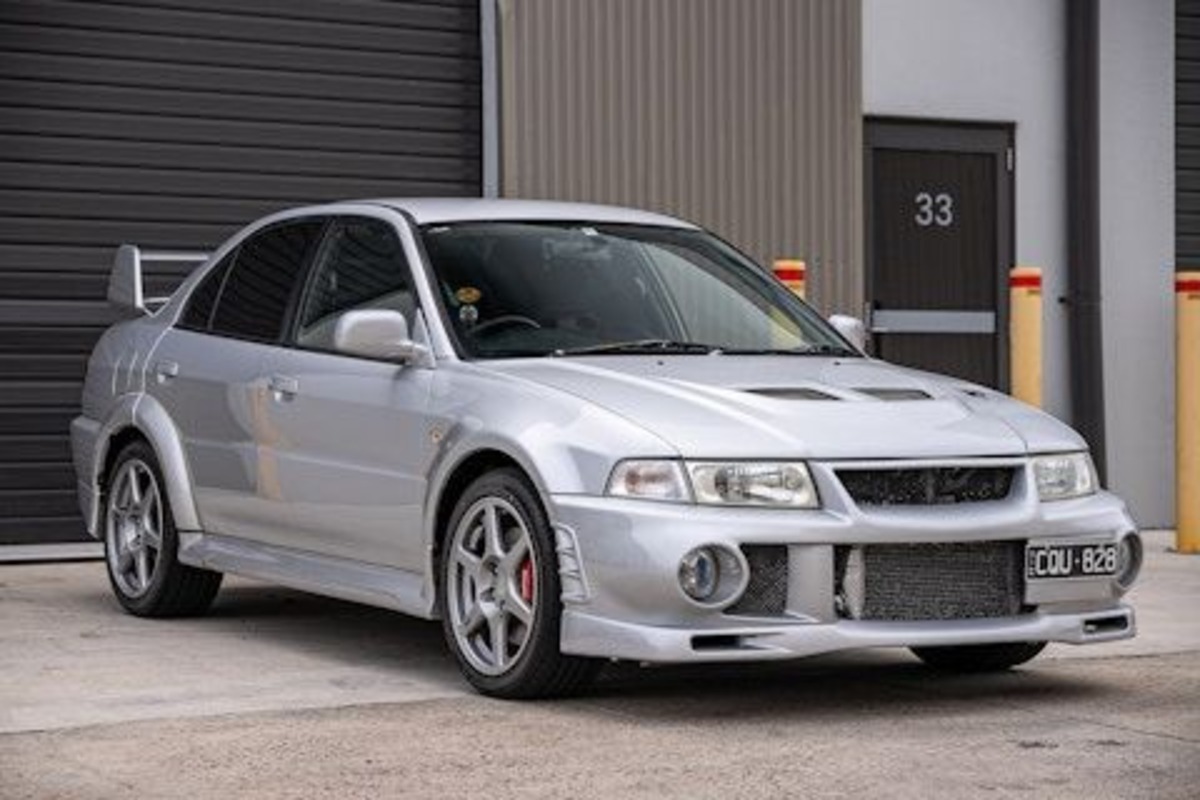
Some tried importing the Evo VI through shady channels. A few got in. Customs seized a bunch. And the few that were “converted” to meet U.S. standards? Usually nightmares of paperwork and inspection headaches.
Under the 25-year rule, some of these are now trickling into the U.S., but back in the day? Fully banned. It was painful for rally fans and car nerds everywhere.
9. TVR Sagaris
This British brute looked like something out of a comic book—wild design, bonkers power, and no electronic safety nannies. TVR’s whole vibe was “let the driver figure it out,” which is cool… unless you’re the U.S. government.
The Sagaris had no airbags, no traction control, and no ABS. It also never went through crash testing. So when TVR enthusiasts tried to bring it stateside, the government was like, “Absolutely not.”
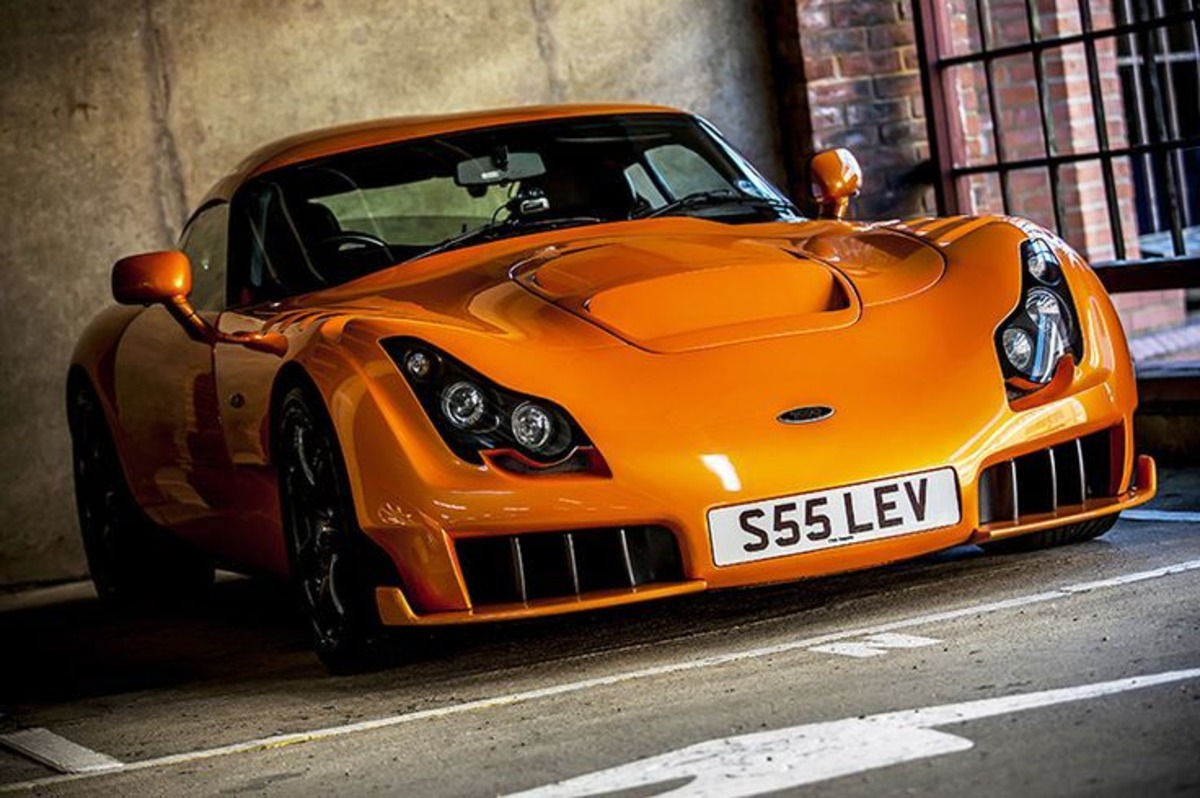
It also didn’t help that TVR didn’t really have a dealer network or service infrastructure in the U.S., which made the case for banning it even easier. No support, no standards, no sale.
Cool as it looked, the Sagaris didn’t stand a chance in a country that demands crumple zones and emission controls. If you want one, good luck. You’ll have to wait for the 25-year mark or just admire it from across the pond.
10. Peugeot 405 T16
One of the most forgotten rally legends, the Peugeot 405 T16 was banned in America mostly because of poor brand reputation and limited manufacturer interest.
Peugeot had already pulled out of the U.S. market by the early ‘90s due to poor sales, and they weren’t about to jump through hoops to get a rally car street-legal.
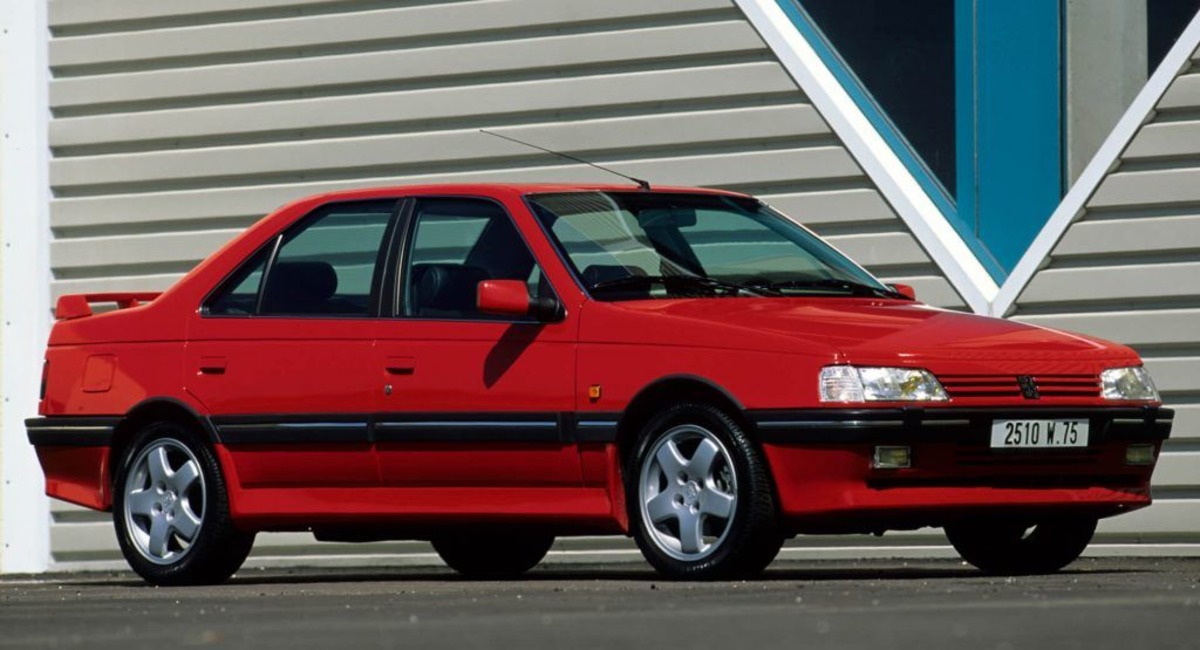
The T16 was a beast—turbocharged engine, AWD, and based on the car that won the Pikes Peak Hill Climb. But it never met U.S. emissions or crash standards, and since Peugeot wasn’t even trying to push it here, the car was locked out.
This one wasn’t banned because it was unsafe—it was banned because nobody bothered to fight for it. Sad, because this thing could’ve been a cult classic in the States. Instead, it lives on as a rally car legend that Americans never got to experience.
When it comes to cars, America doesn’t mess around with the rules. Whether it’s emissions standards, crash safety, or just bureaucratic nonsense, there are a lot of hoops to jump through—and not every automaker wants to bother. That’s why so many awesome vehicles ended up on the banned list.
Some were too powerful. Some were too raw. Some just didn’t fit the system. And a few—like the Skyline R34 or Porsche 959—were so iconic that people still went to extreme lengths to get them, risking seizures and lawsuits just to park one in their driveway.
The good news? Time helps. Thanks to the 25-year import rule, a lot of these once-banned cars are now legal—or will be soon. But that doesn’t erase years of frustration, crushed dreams (and crushed cars), and regulatory red tape.
In the end, America’s banned car list tells us one thing: it’s not always about speed, looks, or performance. Sometimes, it’s just about playing by the rules. And if your dream ride doesn’t? It’s staying overseas—or in your video game garage.

